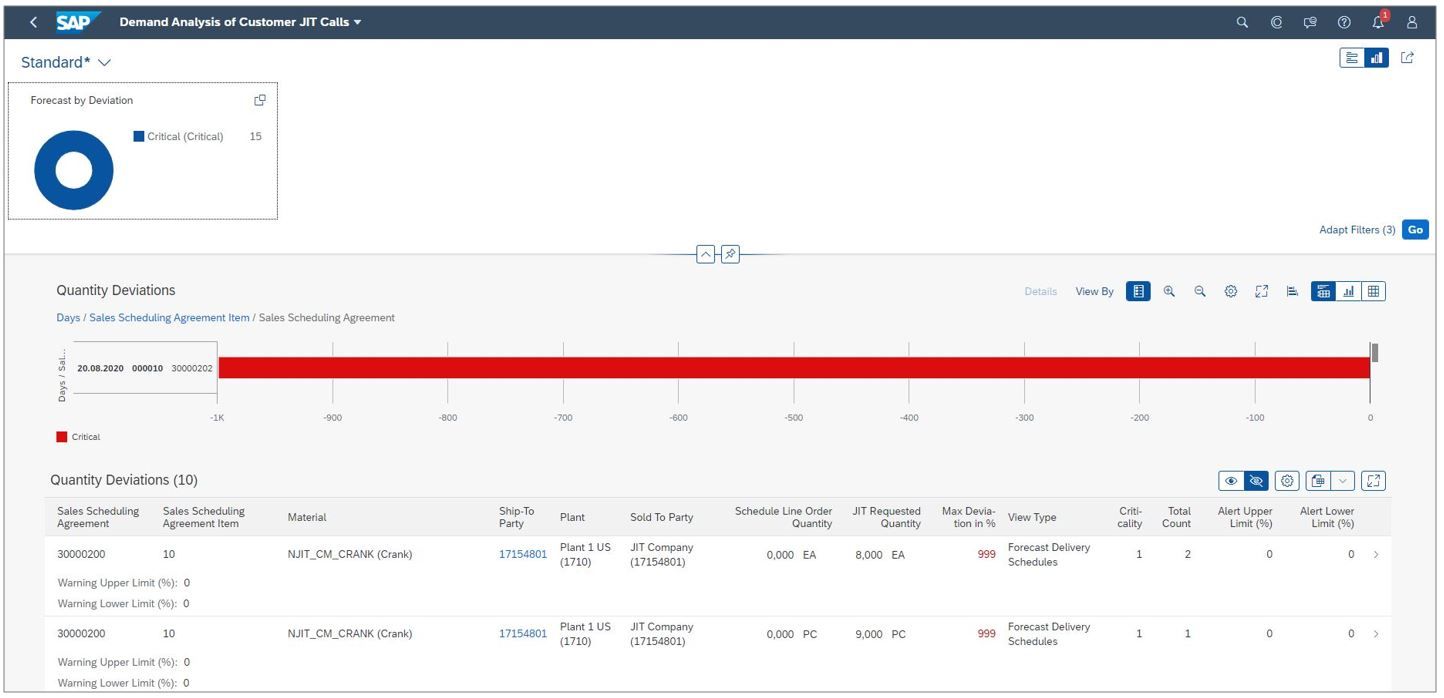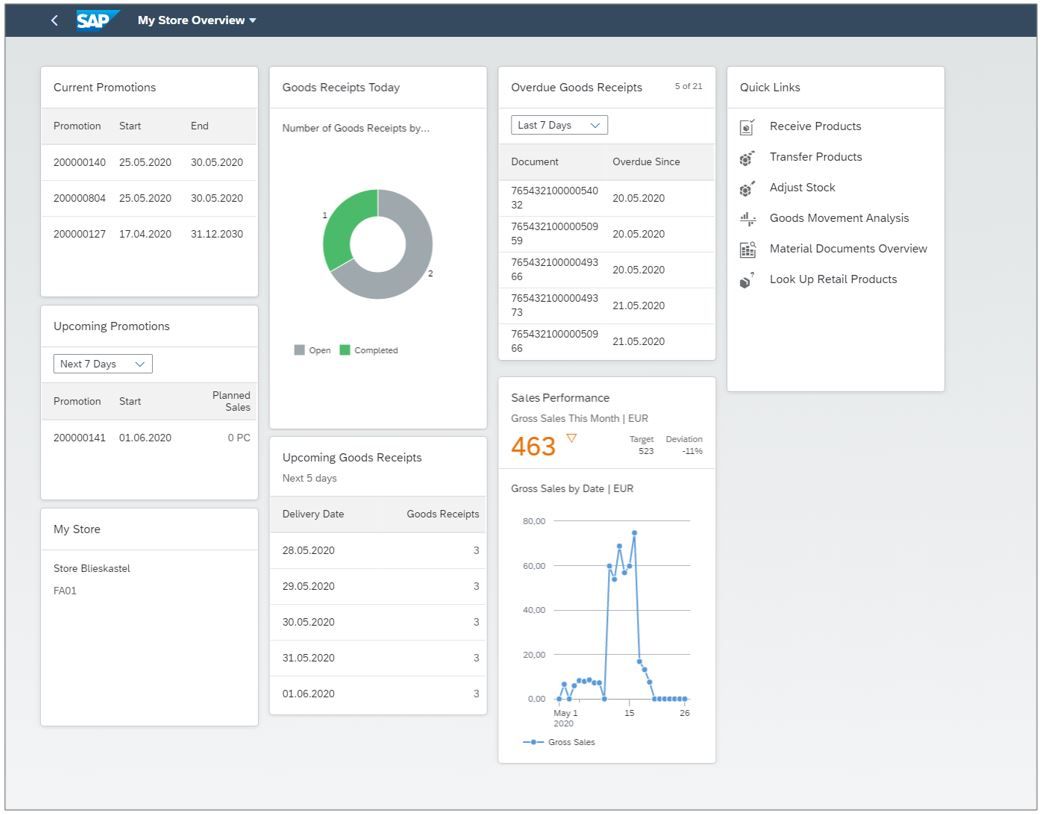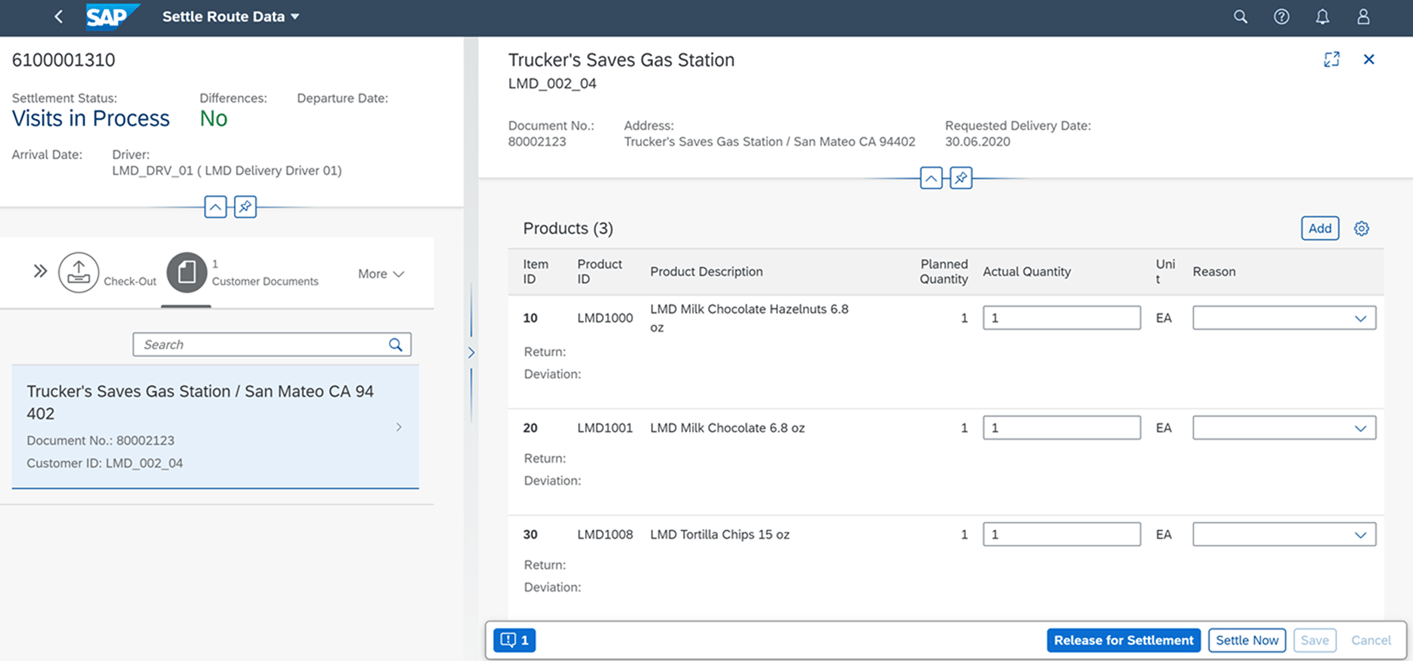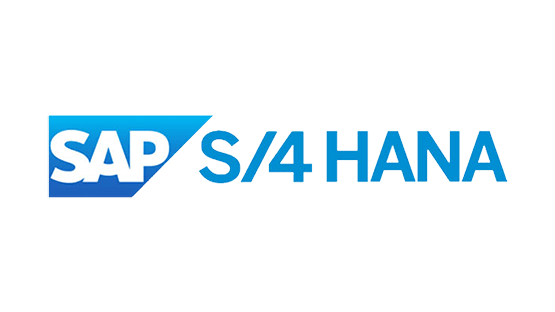SAP S/4 HANA Finance Features & Capabilities
What are the features and capabilities of S/4 HANA Finance Module?
SAP S/4HANA Finance, previously known as SAP Simple Finance, is a comprehensive financial management solution that is part of the SAP S/4HANA ERP suite. S4 Finance is one of the leading financial management and accounting tools on the market and is used by some of the largest organisations in the world. It is designed to simplify financial processes, provide real-time insights, and support advanced financial analytics. Some of the key features and capabilities of the S/4HANA Finance module are:
General Ledger (GL) Accounting:
- Document splitting: Enables organizations to create detailed financial statements at various dimensions, such as profit centers, segments, or business areas.
- Parallel accounting: Allows organizations to maintain multiple ledgers for different accounting principles (e.g., IFRS, GAAP) concurrently.
- Extension ledgers: Facilitates the addition of custom fields and tables to store organization-specific data in the general ledger.
- Real-time financial reporting: Provides instant access to financial data, facilitating faster decision-making and reducing the need for batch processing.
Accounts Payable (AP) and Accounts Receivable (AR):
- Vendor and customer account management: Streamlines the creation and maintenance of vendor and customer master data, including bank details, payment terms, and dunning procedures.
- Payment processing: Automates the payment process, including payment proposals, payment runs, and payment monitoring.
- Credit management: Manages credit risk by setting up credit limits, risk categories, and credit scoring for customers.
- Collections and dispute management: Provides tools for efficient management of overdue receivables, customer reminders, and dispute resolutions.

Asset Accounting (AA):
- Integrated depreciation engine: Supports various depreciation methods and calculation rules, including straight-line, declining balance, and multi-level methods.
- Periodic processing: Facilitates periodic asset accounting tasks, such as depreciation runs, asset revaluations, and asset history sheet reporting.
- Capital work in progress (CWIP): Manages the capitalization and settlement of assets under construction.
- Asset transfers, retirement, and scrapping: Handles various asset lifecycle events, including transfers between company codes or business areas, asset retirements, and scrapping.
Bank Account Management (BAM):
- Centralized account management: Provides a single point of management for all bank accounts, including the ability to open, close, or modify account details.
- Bank account signatories: Manages bank account signatories and approval workflows for changes in signatory information.
- Audit trail: Maintains a comprehensive audit trail of all changes made to bank account information.

Cash Management and Bank Communication:
- Cash positioning: Provides real-time visibility into cash positions by consolidating bank account balances and transaction data.
- Cash flow forecasting: Enables organizations to create short-term and long-term cash flow forecasts using historical data and predictive analytics.
- Bank communication management: Streamlines communication with banks by supporting standardized formats, such as ISO 20022 and SWIFT, for payment processing and bank statement reconciliation.
Financial Planning and Analysis (FP&A):
- Budgeting and forecasting: Supports the creation and management of budgets and forecasts at various levels of granularity, including cost centers, profit centers, and internal orders.
- Profitability analysis: Provides tools for analyzing profitability at various dimensions, such as products, customers, or market segments.
- Integration with SAP Analytics Cloud: Enables organizations to create advanced financial reports and visualizations using the powerful analytics capabilities of SAP Analytics Cloud.

Financial Closing and Consolidation:
- Closing cockpit: Streamlines the financial closing process by providing a centralized dashboard for managing and monitoring closing tasks, schedules, and dependencies.
- Intercompany reconciliation: Automates the reconciliation of intercompany transactions, balances, and eliminations during the consolidation process.
- Group reporting: Supports the creation of consolidated financial statements, including balance sheets, income statements, and cash flow statements, in accordance with various accounting standards (e.g., IFRS, GAAP).
What's the difference between S/4 HANA Finance, R/3 and ECC 6.0 finance and accounting?
SAP S/4HANA Finance and ECC 6.0 (or R/3) are both SAP solutions designed for financial management, but they differ in terms of architecture, functionality, and user experience. Here's a comparison of the key differences between them:
Architecture:
- SAP S/4HANA Finance runs on the SAP HANA in-memory database, enabling real-time processing and analytics capabilities. This allows for faster and more efficient financial reporting and decision-making.
- ECC 6.0 (or R/3) runs on traditional databases, which means data processing and reporting are slower compared to S/4HANA Finance. This is because ECC 6.0 relies on batch processing and data updates, which can cause delays in accessing up-to-date financial information.
Data Model and Simplification:
- SAP S/4HANA Finance simplifies the data model by combining data from multiple tables into a single universal journal (ACDOCA). This results in reduced data redundancy, streamlined financial processes, and real-time access to financial data.
- ECC 6.0 (or R/3) uses a more complex data model with separate tables for general ledger, controlling, asset accounting, and other sub-modules. This leads to data redundancy and slower processing times.
Functionality:
- SAP S/4HANA Finance introduces new features and capabilities, such as central finance, embedded analytics, cash management, and machine learning-based predictive analytics.
- ECC 6.0 (or R/3) has more limited functionality compared to S/4HANA Finance, as it lacks some of the advanced features and innovations available in the newer solution.
User Interface and Experience:
- SAP S/4HANA Finance features the modern and intuitive SAP Fiori user interface, which is designed for ease of use and improved productivity. The Fiori interface is accessible across various devices, including desktops, tablets, and smartphones.
- ECC 6.0 (or R/3) primarily uses the SAP GUI (Graphical User Interface), which is less intuitive and visually appealing compared to Fiori. The SAP GUI is also not as easily accessible on mobile devices.
Integration and Extensibility:
- SAP S/4HANA Finance offers better integration with other SAP products and third-party applications, thanks to the use of APIs, SAP Cloud Platform, and other modern integration technologies.
- ECC 6.0 (or R/3) has more limited integration capabilities, as it relies on older technologies like IDocs and RFCs for data exchange between systems.
Future Support and Innovation:
- SAP S/4HANA Finance is the future direction for SAP financial management solutions, and it will continue to receive new features, updates, and innovations from SAP.
- ECC 6.0 (or R/3) is an older solution that will eventually be phased out as SAP focuses on S/4HANA. While ECC 6.0 is still supported, it will not receive the same level of innovation and investment as S/4HANA Finance.
ERP Implementation Methodology
If you're considering implementing ERP software, then download our free detailed guide to ERP implementation methodology.
Our guide will help you prepare your team for every step of ERP implementation from design to build. testing, go-live and more.
SAP S/4 HANA Pricing
SAP S/4 HANA pricing is licensed on a subscription basis which is typically paid annually.
Licensing is dependent on the amount of users, their level or responsibilities within the system, advanced modules and third party extensions you require.
Let us know how many users you need and we'll be in touch to provide a quick, hassle free SAP S/4 HANA cost estimate.
Start Your SAP S/4 HANA Evaluation
ERP Requirements Document
Compare and evaluate SAP Business One (B1) as well as other ERP solutions with our free ERP requirements document checklist. Use our free template to build your own ERP functional and non-functional requirement.
ERP Vendor Selection Criteria Checklist
Start your ERP evaluation process faster by downloading our ERP Software Vendor Selection Criteria Checklist.
Compare ERP Systems
Get 1-1 advice with an ERP Research specialist to help you compare Infor CloudSuite Industrial (Syteline) and select the best ERP solution for your business.



